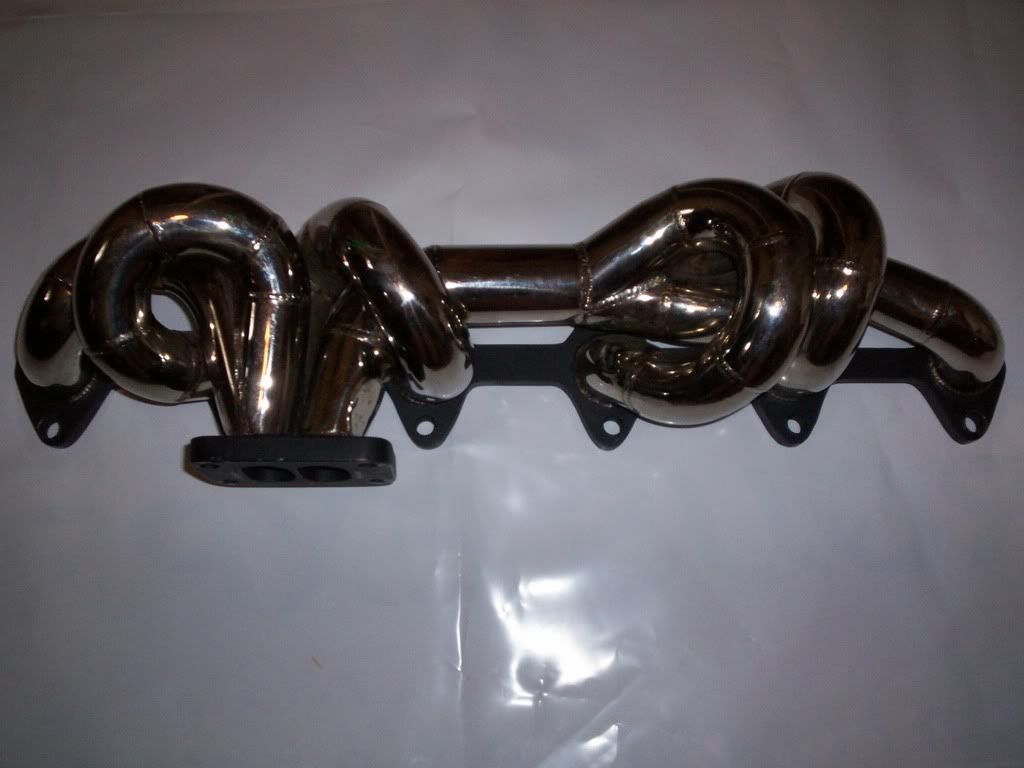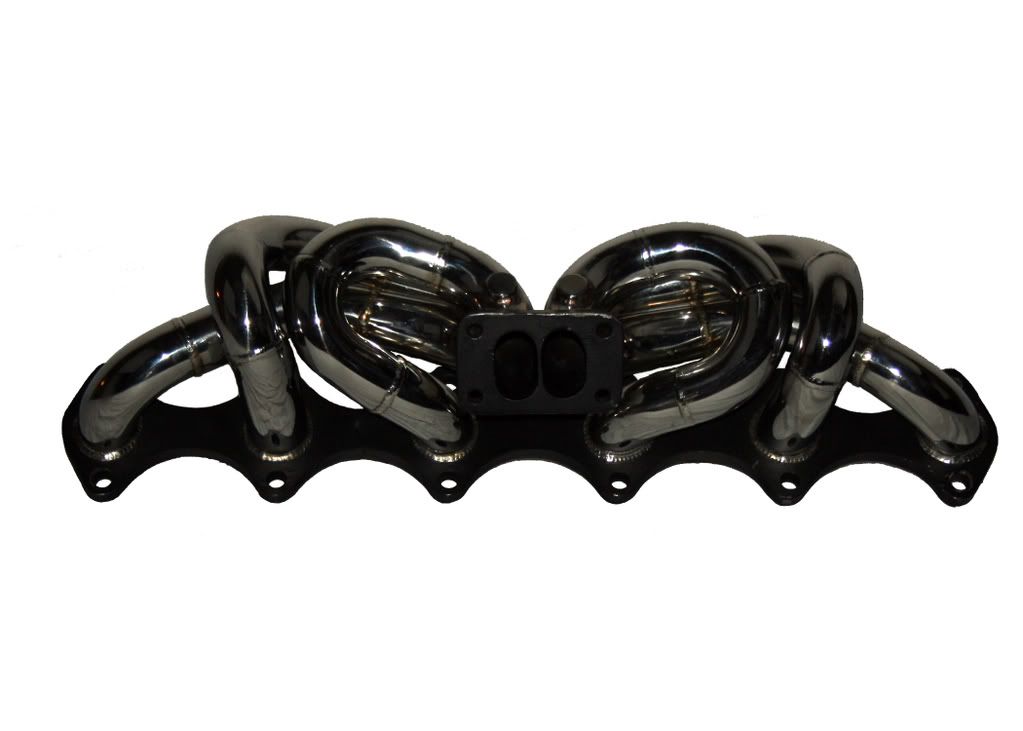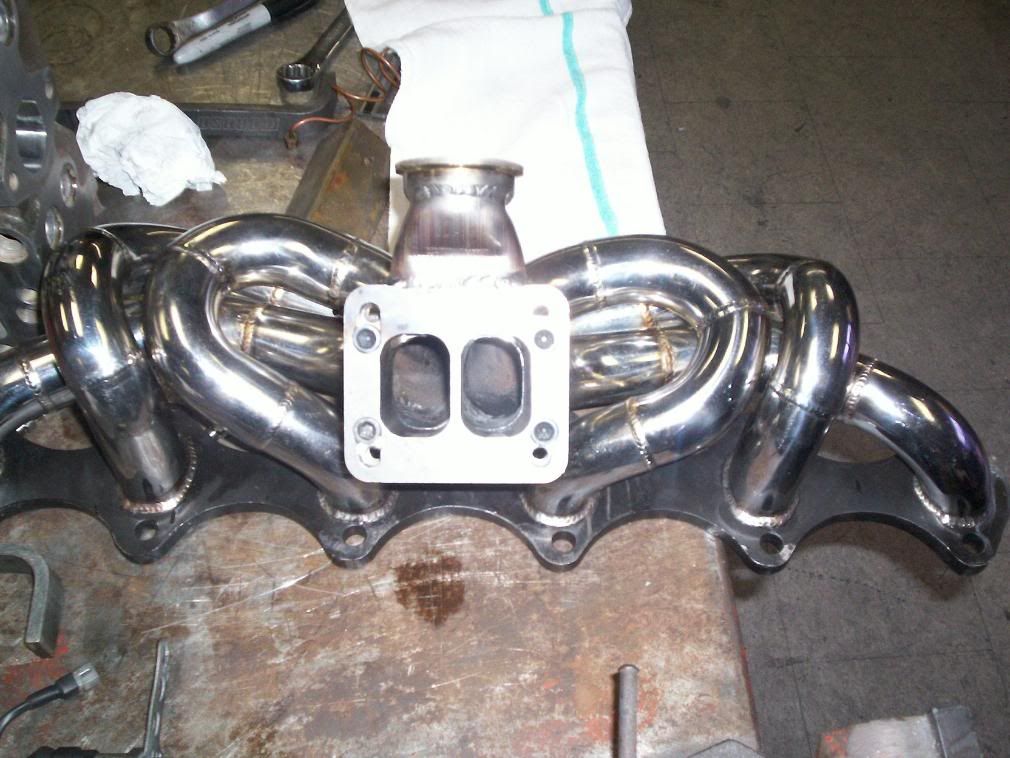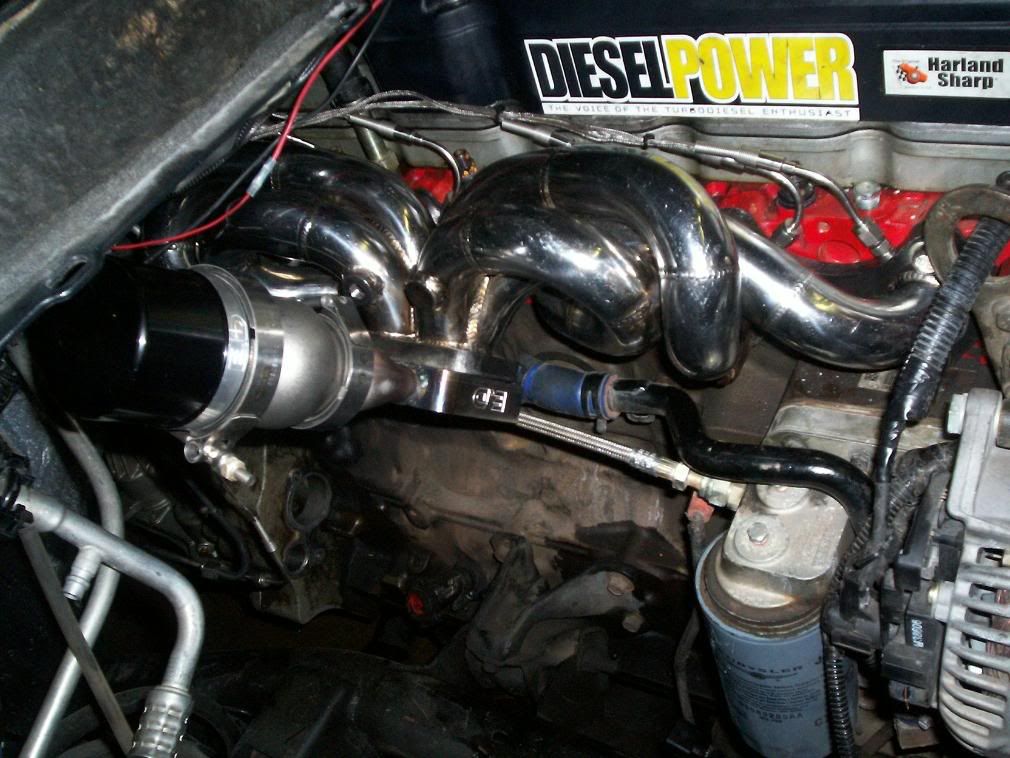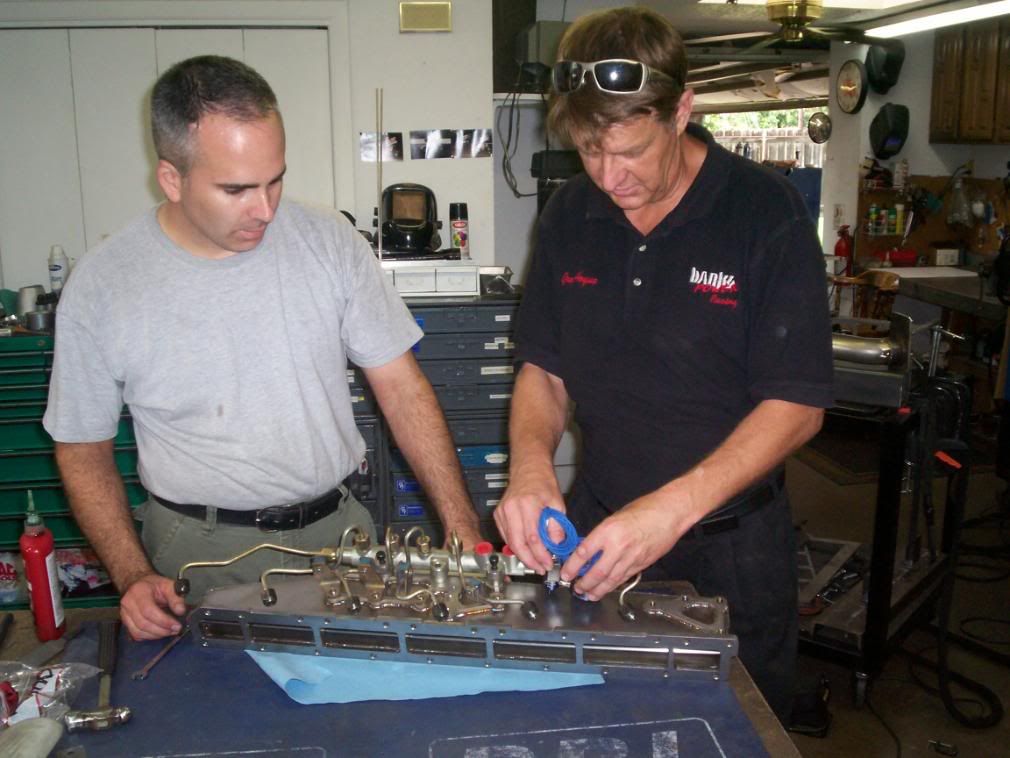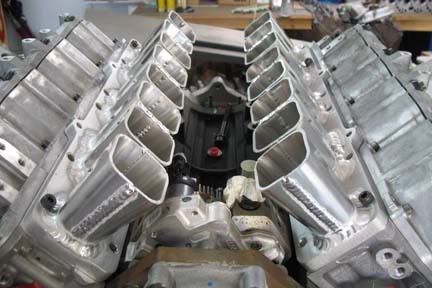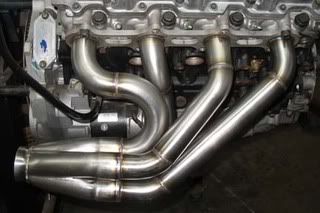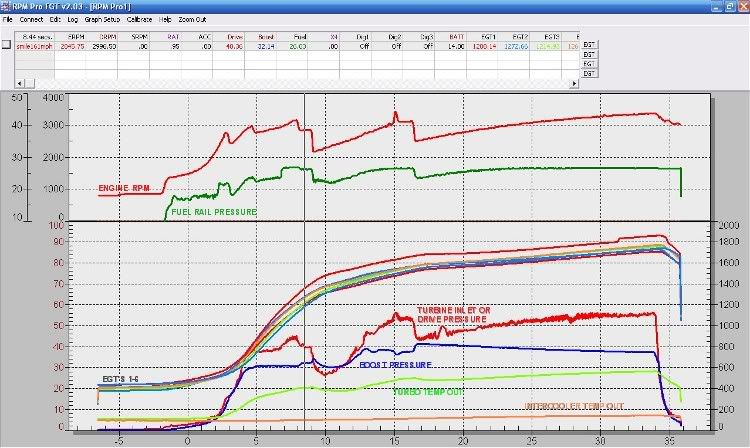tristan21
New member
- Joined
- Jun 15, 2007
- Messages
- 392
I been researchin this for a few years now and im about ready to do mine but it is rather disheartening that nobody ever posts updates or shows the finished product with graph numbers and such. Bummer oh well. I guess I'll be the first to come thru for everybody. Mine will be this summer.

